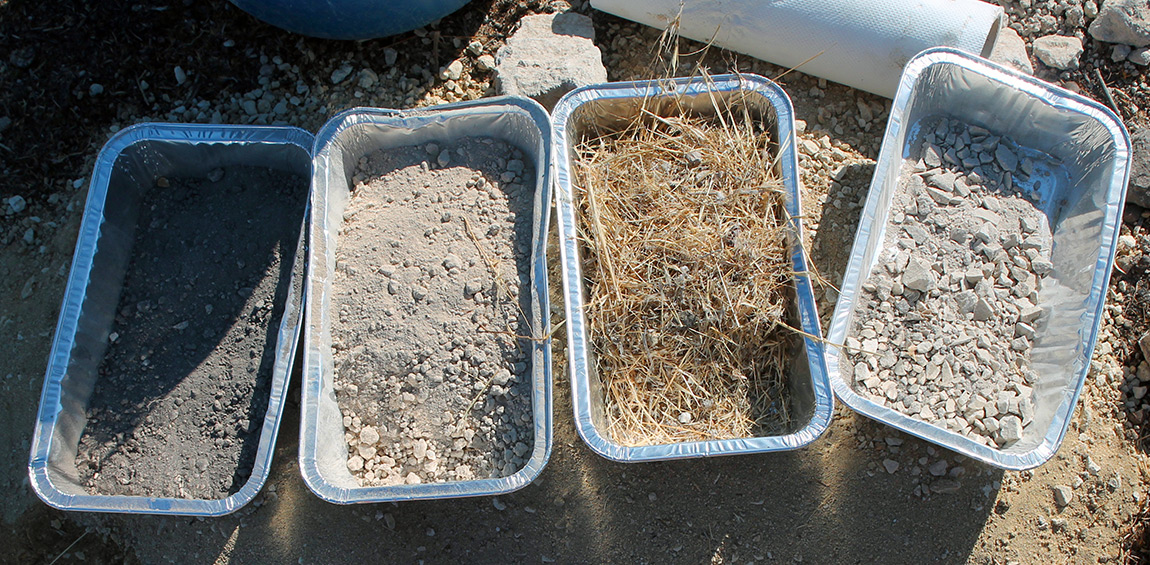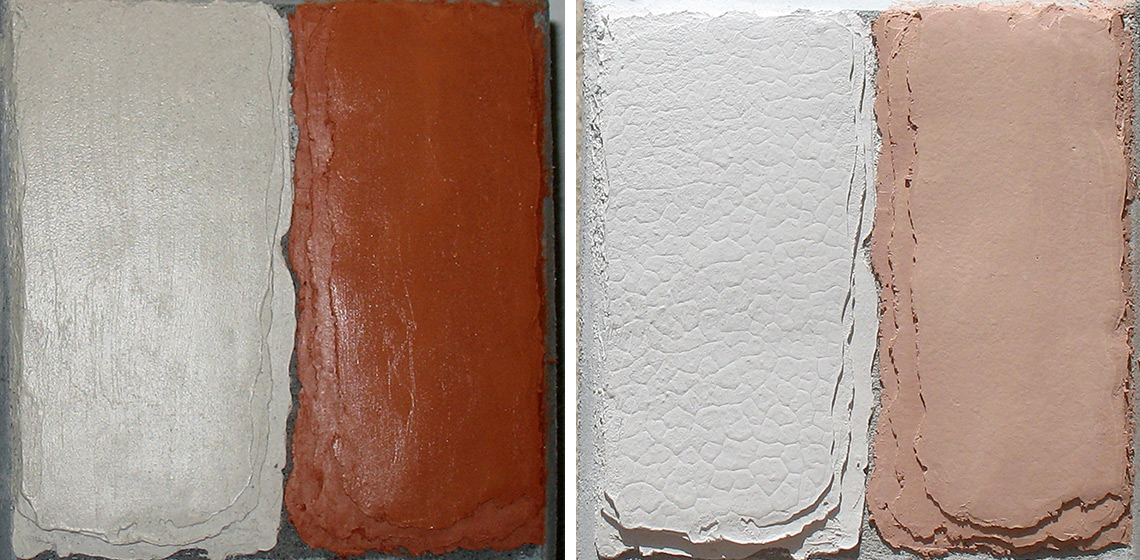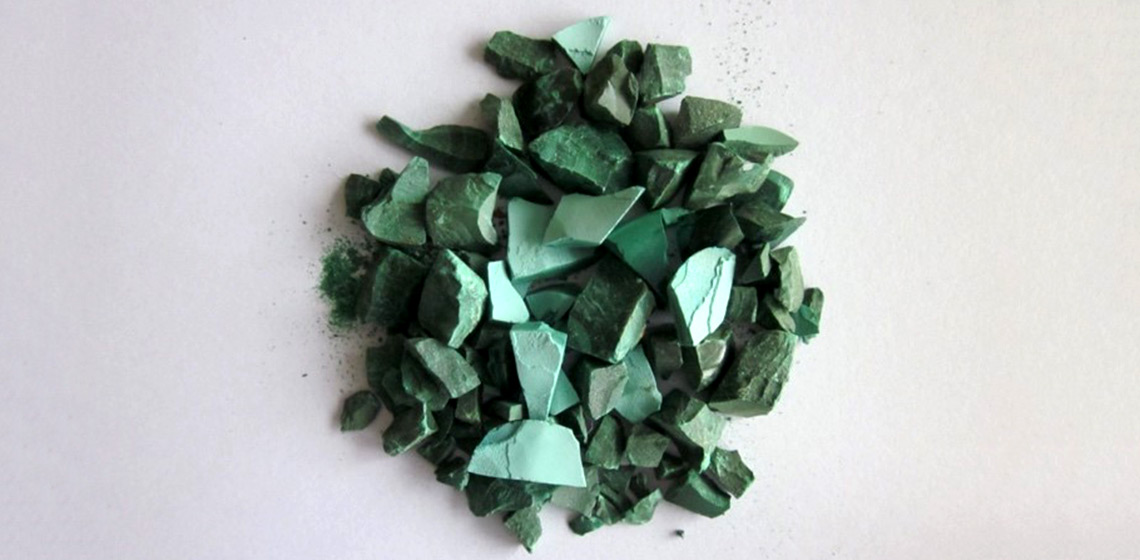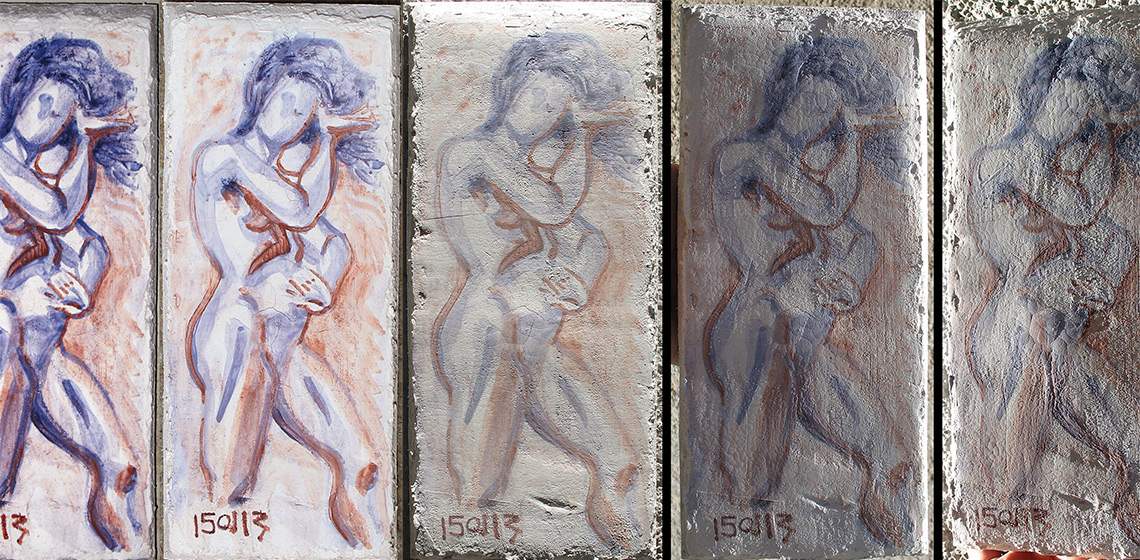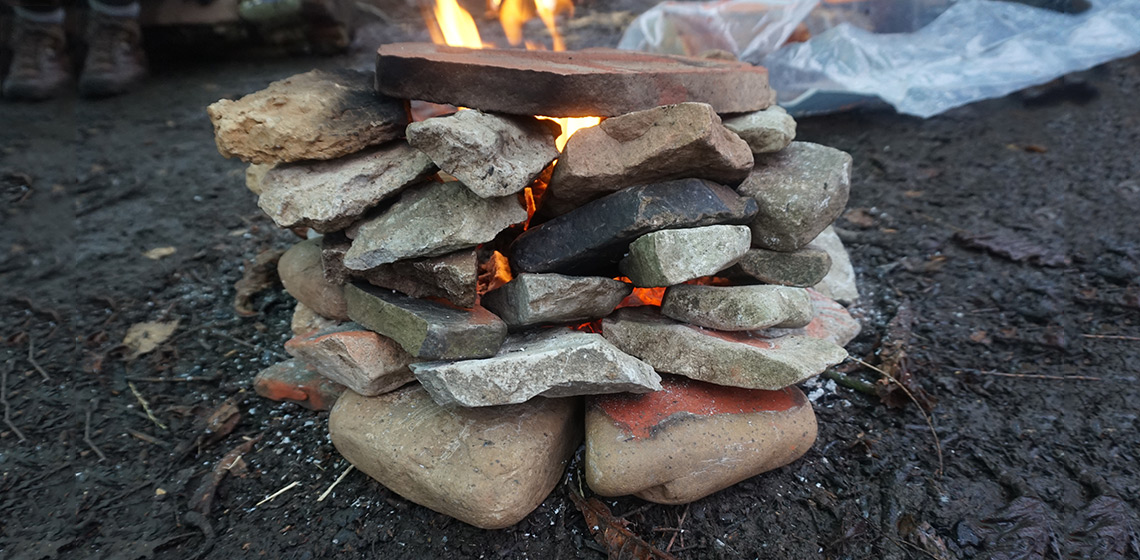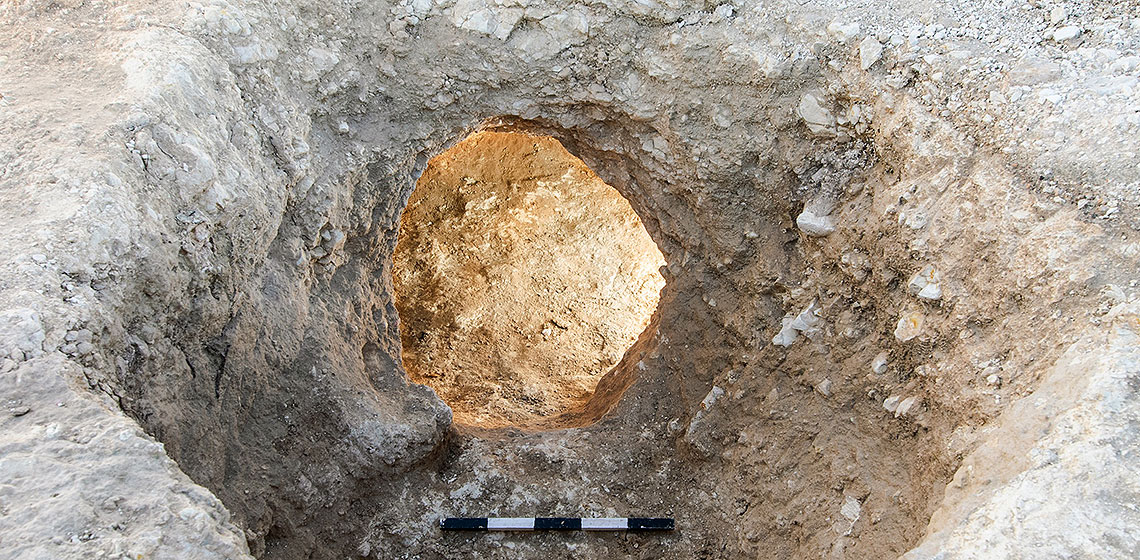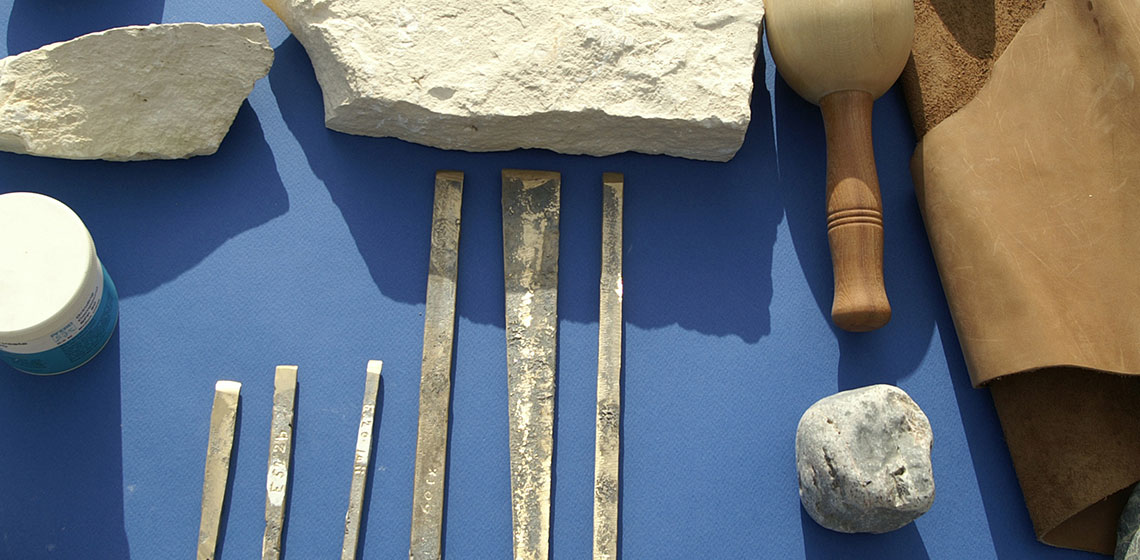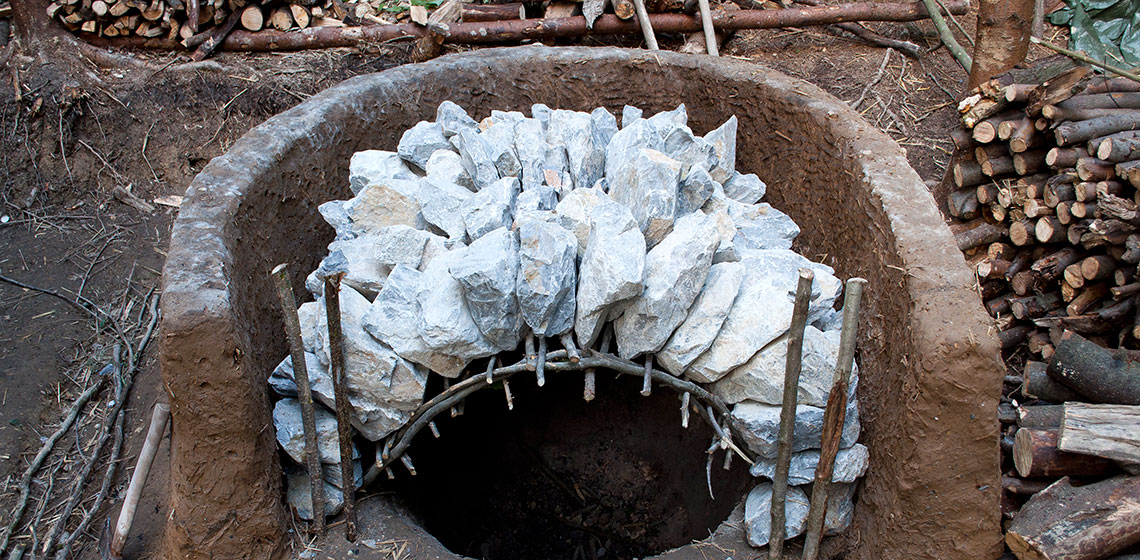limestone
Clusters of plasters - An Experimental Analysis of Plaster Production in Prehistoric Cyprus
Experiments with Lime Mortars containing Charcoal and Ashes
Copper Smelting Could Have Been Discovered in Connection with the Massive Production of Lime Plaster in the Near East During the Pre-Pottery Neolithic B, which is Much Earlier than Previously Believed
Fresco Mixtures with Dried Lime Plaster: Cameron’s Experiments Revisited
Introduction
During the Bronze Age, the craftspeople of the eastern Mediterranean practiced a form of reuse or recycling: fragments of mortar were used as aggregates in lime mixtures intended for walls or floors (Shaw, 1973, p.222; Brysbaert, 2003, pp.168-173, pp.175-176; Jones, 2005, p.220; Brysbaert, 2008, p.118). Such a mixture was found in a house in the Akrotiri settlement of Santorini, in a part of the wall that was intended to be painted (Jones, 2005, p.220).
Barely Scratching the Surface: An Experimental Approach to Engraved Magdalenian Plaquettes
Get into the Grave: Notions of Community Social Identity in a Late 3rd Millennium Site, Derived from an Experimental Carving of a Shaft Tomb at Ramat Bet Shemesh (Israel)
To Use or Not to Use a Minoan Chisel? Ancient Technology in a New Light
***The Minoan chisel is thought to have been used by the metal worker, the stone mason, the sculptor, the carpenter, and the ivory and bone worker. However, barely any work has been conducted to substantiate the different workers and their chisels...
Experimental Lime Burning Based on the Findings from the Roman Empire Period
In 2006 the remains of two lime kilns from the Roman Empire period were discovered in Tuněchody near Chrudim in the Czech Republic. These finds became the object of a detailed multidisciplinary research project resulting in hypotheses on the use of the kilns. Based on these hypotheses experimental research was designed (Thér et al. 2010)...

